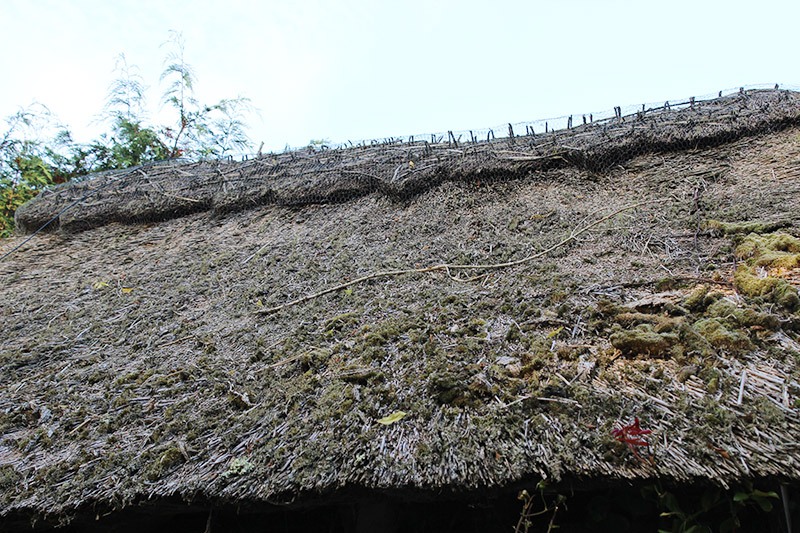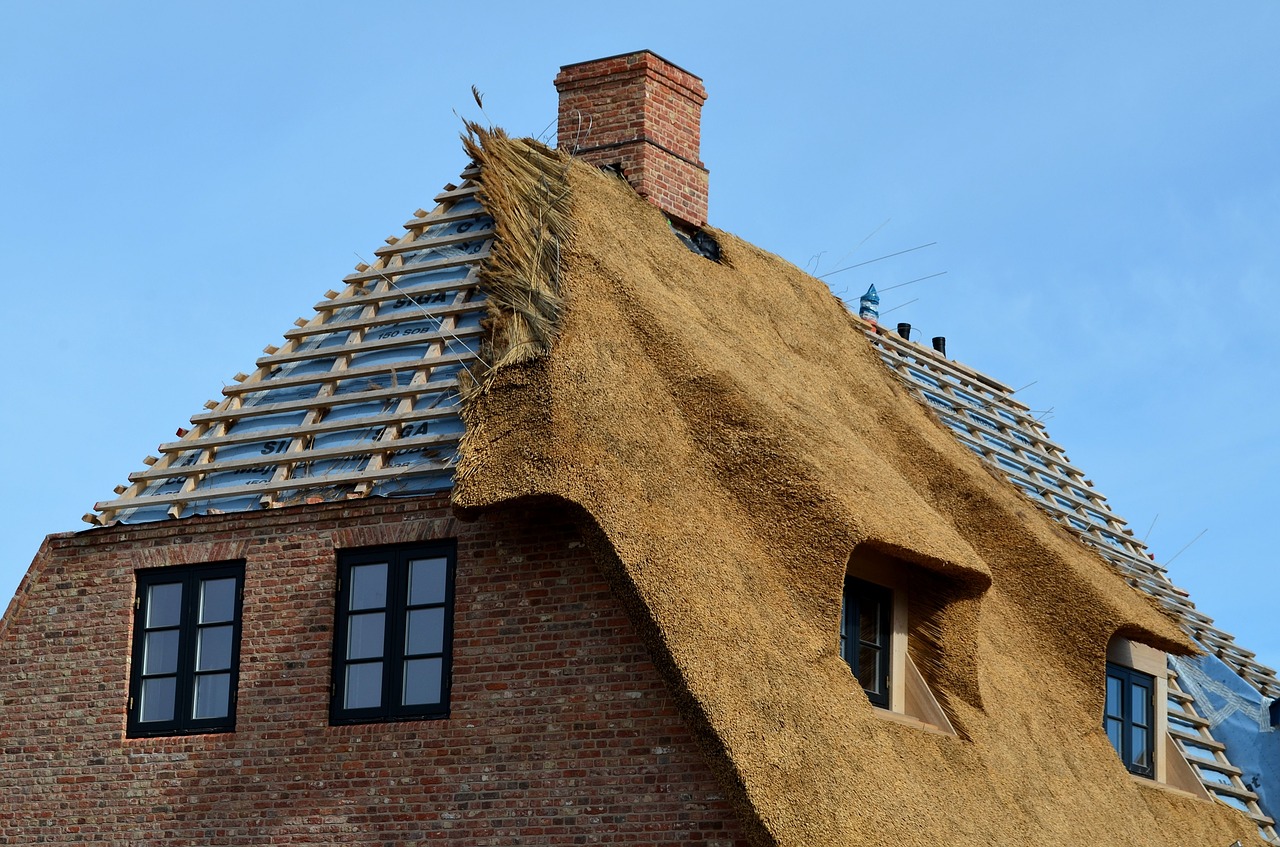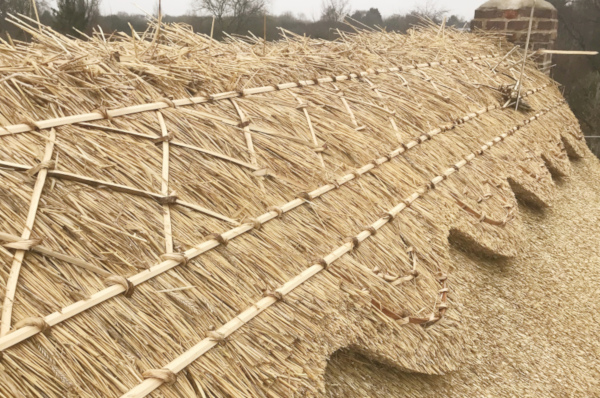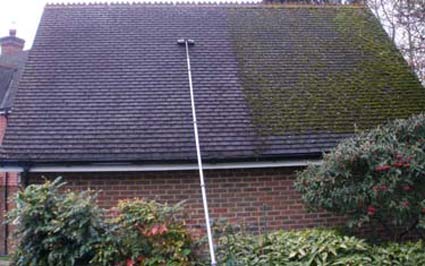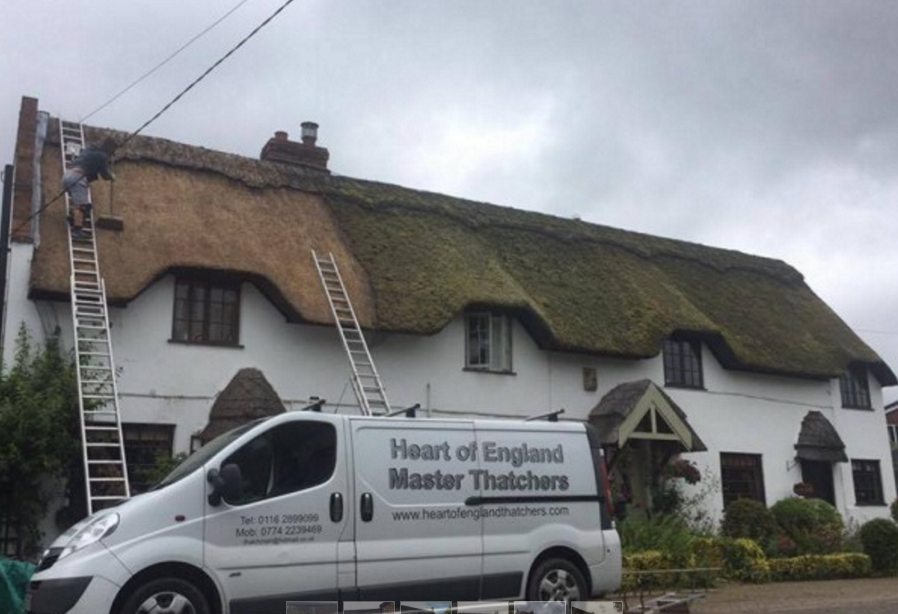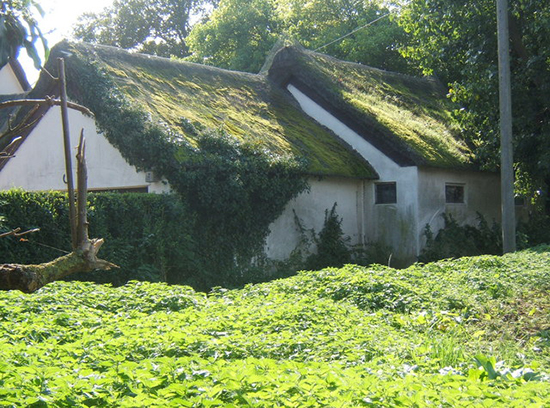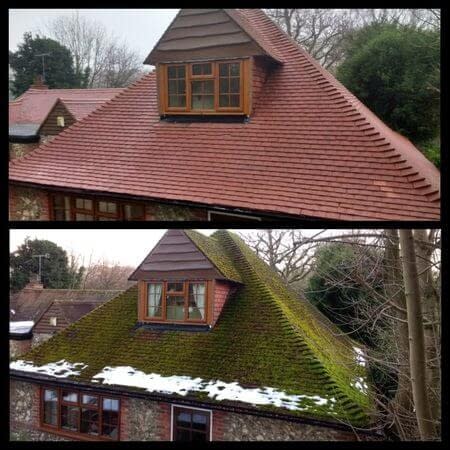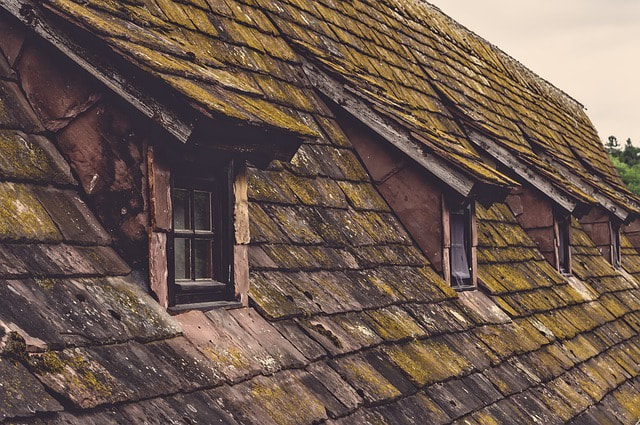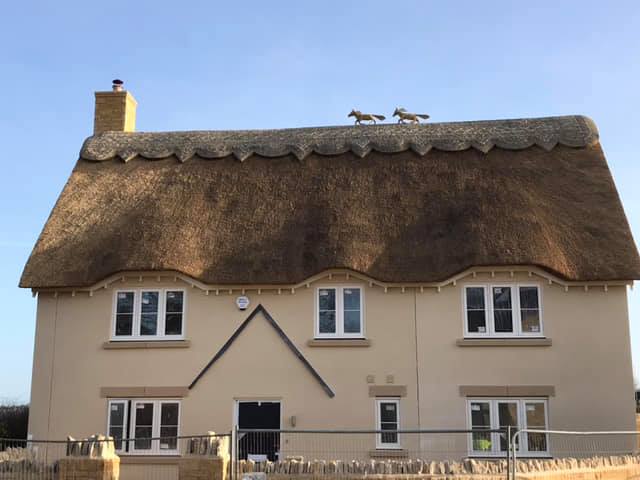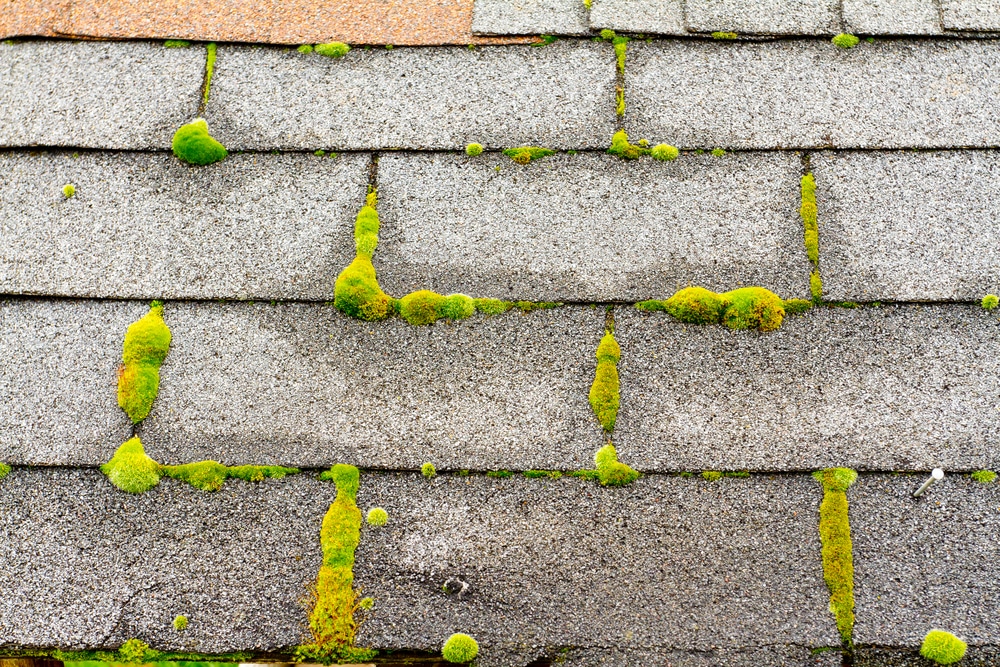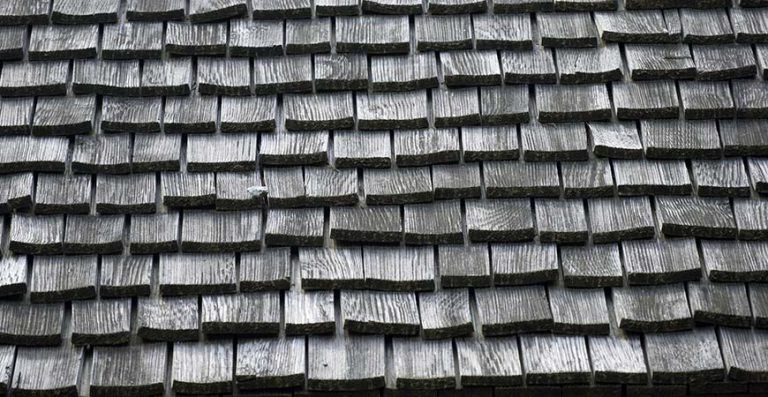Whether your property is small or big it is important to remove the moss algae and lichen because the continued spread can affect the functioning of the thatched roof.
Removing moss from thatch roof.
Most people would try to remove the moss themselves by manually scraping it off however doing so will remove the thatch underneath and cause further damage to their roof.
De thatching the lawn will help get rid of the moss but there s still work to do after that.
Most thatched roofs are filled with moss and lichen which changes the colour and affects the longevity of the thatched roof.
Carefully place a ladder near the area of moss growth and don slip resistant shoes old clothes rubber gloves and eye protection.
Moss is a constant problem for some thatch owners and so it was good to get the following comments from a lady in scotland sent to me on 30 th april 2012.
The moss problem moss lacks a root system and like some orchids takes it nutrients from the air.
There are several conflicting opinions within the industry about whether to leave moss in situ or to remove it.
In damp locations or where there are trees surrounding the property moss growth is common.
Even so you will always need to mount the roof later on in order to remove the dead moss.
There are worldwide more 10 000 species of moss and some of these grow on thatched roofs.
The growth of moss is facilitated by the damp.
If the water will not reach the peak of the roof from the ground you can spray while standing on a ladder.
Hose off and brush all moss loose from your roof shingles.
Many thatch owners choose to have moss removed for aesthetic reasons.
In october 2010 you will recall that the thatch on my roof was treated with a copper based powder to inhibit the growth of moss.
This has been very successful and the thatch is still free.
Apart from a new ridge every 8 15 years if a thatch roof is well maintained then it can last for.
Many people also find the growth of moss on a thatched roof unsightly and it will attract birds to the roof which can cause additional problems.
The thatch remains looking new for years which relieves you of the expenses of costly repairs controlling moss and algae growth on a thatched roof can add as many as 15 years to its lifespan by preventing the decomposition of thatching material.
Moss is a small flowerless green plant which does not have roots and grows in low carpets or rounded cushions.
Moss will hold moisture which can slow the drying of the surface and stopping the roof from breathing.
Liquid moss killers cover the roof more evenly than dry powders and they let you stay on the ground for the application.
